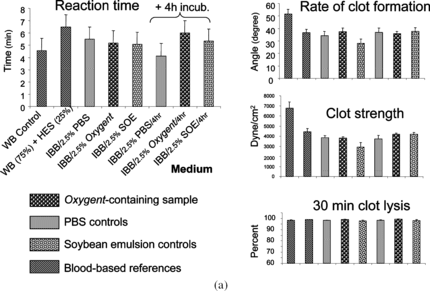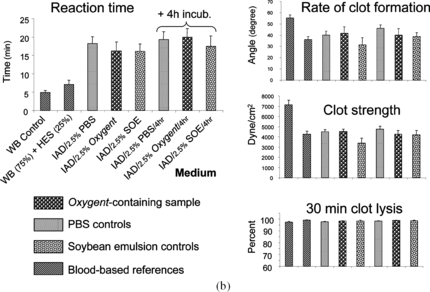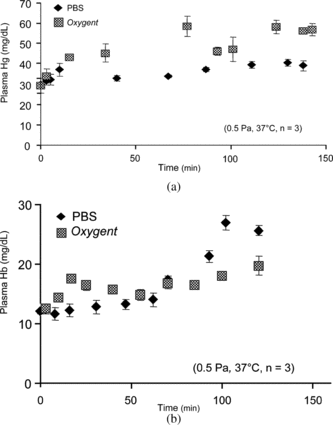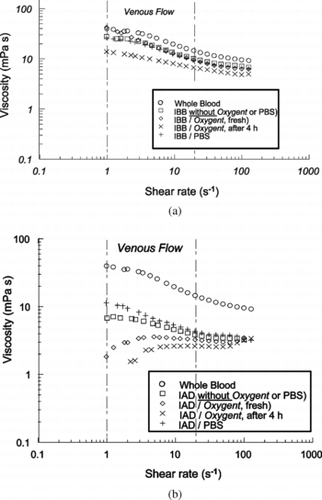Figures & data
Figure 1 Oxygen transport by perfluorochemicals and hemoglobin: in the case of Hb, O2 is bound to the iron atom of a heme through a strong, localized chemical bond. In PFCs, there exist only loose, non-directional van der Waals interactions; PFCs and gases are alike; both present very low cohesive energy densities, which facilitates mutual solubilization.
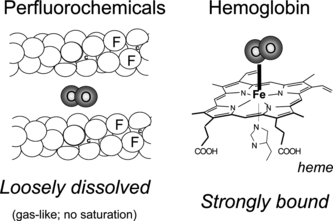
Figure 2 Two examples of injectable colloids with a fluorous internal phase: PFC-stabilized gas bubbles used as contrast agents for diagnostic ultrasound imaging and PFC emulsion droplets developed for oxygen delivery to tissues.
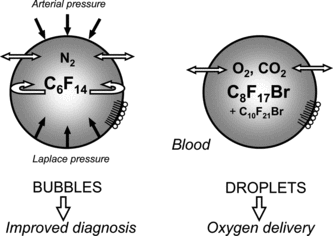
Figure 3 In vivo PFC distribution and elimination. Circulatory half-life (t1/2) of a PFC emulsion depends essentially on droplet characteristics, while retention in the RES organs (T1/2) depends primarily on PFC characteristics.
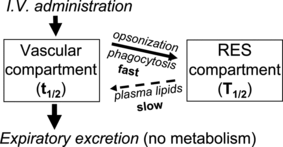
Figure 4 Schematic representation of the study protocol used during a Phase III clinical evaluation of Oxygent in cardiopulmonary bypass surgery. The Oxygent test group underwent both acute normovolemic hemodilution (ANH) and autologous intraoperative donation (IAD). The time points when the IBB and IAD fluids investigated would be present in the patient are represented by the horizontal arrows.

Figure 5 Thromboelastography provides a set of four parameters that characterize the formation and lysis of fibrin clots: reaction time (R, min); rate of clot formation (α, d°); clot strength (max. amplitude MA, mm); clot lysis 30 min after MA (% of MA).
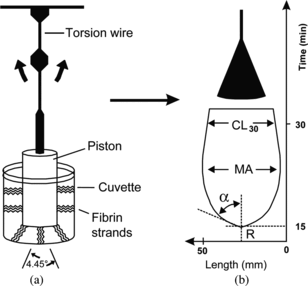
Figure 6 Effect of Oxygent on coagulation a) of the blood-containing fluid circulating in patients immediately before bypass (IBB fluid, see ), and b) of the blood-containing fluid present in patients after IAD has been performed (IAD fluid, see ). The human blood used was heparinized. WB = whole blood; PBS = phosphate buffer system; SOE = soy bean emulsion (courtesy Alliance Pharmaceutical Corp.).
